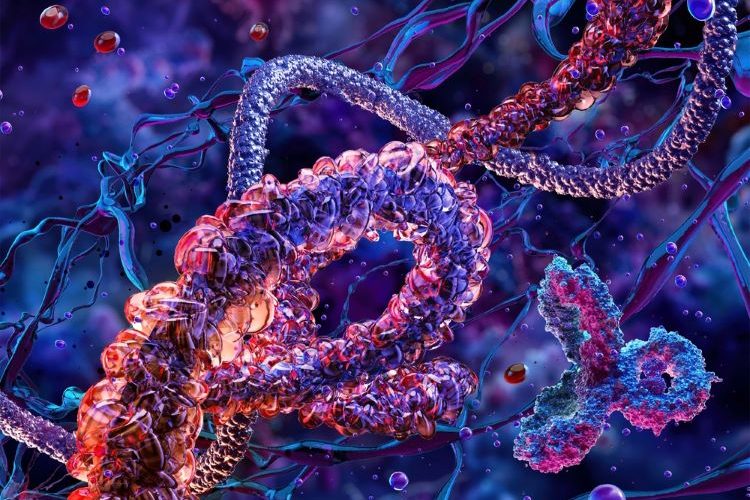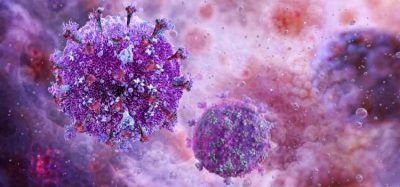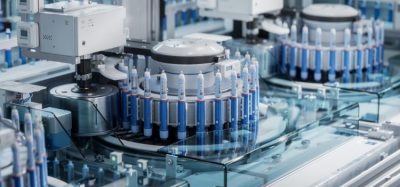Improving accuracy of spectroscopy for protein analysis
Posted: 10 May 2024 | Catherine Eckford (European Pharmaceutical Review) | No comments yet
A study on spectroscopy challenges during biosimilar analysis has highlighted a novel observation with potential implications for quality control when detecting protein structures.


A paper investigating spectroscopy challenges in biosimilar analysis has suggested a method for preparing aqueous protein solutions that “yields reproducible circular dichroism spectra”.
The paper noted that it is important to understand the interaction between surfactants and proteins, to ensure “protein formulations are stable during storage and transportation”.
The authors explained that while circular dichroism spectroscopy is used to determine different characteristics of proteins in biosimilars, such as its structure and folding sequence, “protein aggregation due to its interaction with surfactants can introduce variations in circular dichroism spectra, leading to false interpretations”.
Therefore, the study authors chose to assess the “aqueous solutions of α-chymotrypsin with the same amount of surfactant but at different solution preparation steps”.
The paper reported: “slight differences [were seen in the spectra] despite having the same surfactant concentration. This suggests that the order of surfactant addition can influence protein conformation”.
Notably, the findings showed that the spectra consistently indicated: “the augmentation in the α-helical population in the presence of 40 mM SDS is contingent on the manner in which the surfactant concentration is brought to this value”.
Method of the protein analysis study
slight differences [were seen in the spectra] despite having the same surfactant concentration. This suggests that the order of surfactant addition can influence protein conformation”
The authors measured far and near UV circular dichroism on protein sodium dodecyl sulphate (SDS) solutions. This was done to illustrate how SDS concentrations and mixing methods can impact circular dichroism spectra. They explained “these spectra reflect changes in the tertiary and secondary structure of the protein”.
Agbelusi et al. stated that these measurements were done “below and near the critical micelle concentration (CMC) of SDS, highlighting the dependence of circular dichroism spectra on the procedure of adding SDS to achieve the final concentration [in the solution]”.
Significance of the findings
The proposed protocol (mixing the solutions to reach the final concentration of surfactant (SDS)) is a novel observation, according to the paper. Therefore, it has future implications for detecting the protein structure for quality control or research, they explained.
They concluded that the method could “benefit the pharmaceutical industry by improving the accuracy of circular dichroism spectroscopy…for [structural analysis] and evaluation of protein functionality”.
This paper is available online from Preprints (the version is not peer-reviewed).
Related topics
Biologics, Biopharmaceuticals, Biosimilars, Data Analysis, Formulation, Industry Insight, Research & Development (R&D), Spectroscopy, Technology, Therapeutics









